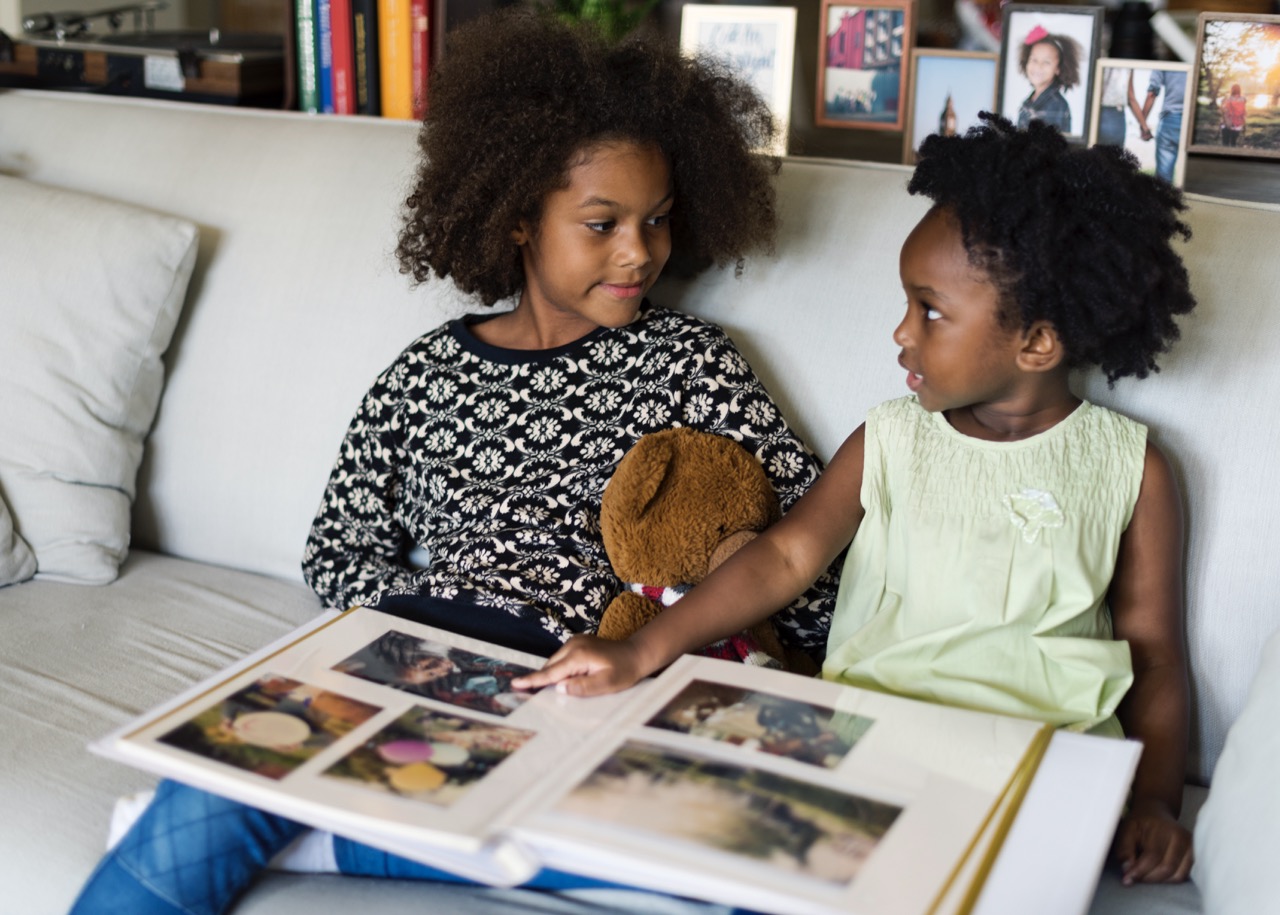Choosing the right books for your child can be an enriching experience that fosters a love for reading while aligning with their unique interests. Understanding your child’s preferences not only enhances their engagement with literature but also enables them to connect with stories that resonate with their own experiences and imagination. This article will guide you through various aspects of selecting books that cater to your child’s specific interests, promoting a lifelong passion for reading.
Understanding Your Child’s Unique Interests in Reading
Every child possesses a distinct set of interests, which can significantly influence their reading preferences. Some children may gravitate towards fantastical worlds filled with adventure and mythical creatures, while others might prefer stories rooted in real-life experiences or educational themes. Observing what excites your child in everyday life can provide invaluable clues about the types of stories they may enjoy. For instance, a child fascinated by nature may be drawn to books about animals or environmental themes.
Moreover, children’s interests often evolve as they grow. A young child may find joy in picture books filled with colorful illustrations, while a pre-teen might seek out more complex narratives. Taking the time to understand these shifts can help you choose books that remain relevant and enjoyable. Encouraging your child to express their feelings about the books they are reading can further clarify their interests, allowing you to support their literary journey effectively.
Additionally, keep in mind that interests can be influenced by external factors such as movies, television shows, or school subjects. For example, if your child shows enthusiasm for a particular film or character, seeking out related books can deepen their engagement and understanding. By combining these insights with your observations, you can create a tailored reading list that aligns with your child’s passions.
Engaging with Your Child: The Key to Discovering Preferences
Active engagement is crucial in uncovering your child’s reading preferences. Setting aside time to read together can create a shared experience that not only strengthens your bond but also allows you to observe their reactions to different genres and themes. Use this time to ask questions about the story, characters, and plot. Their responses can reveal what captivates their imagination and what doesn’t resonate with them.
Another effective approach is to introduce a variety of reading materials over time. Rotating between fiction, non-fiction, graphic novels, and poetry can help you gauge your child’s interests more accurately. Pay attention to how they respond to each type. You might find they become more animated when reading a graphic novel or more contemplative when engaging with a non-fiction book about a topic they love.
Encouraging your child to select their own books can also empower them while providing insight into their preferences. Visits to the library or bookstore can be exciting opportunities for them to explore different genres and make choices. Supporting their autonomy in selecting reading materials fosters confidence and helps reinforce their identity as a budding reader.
Researching Popular Genres and Themes for Young Readers
Keeping abreast of popular genres and themes within children’s literature can help you better align your selections with your child’s interests. Familiarize yourself with current trends in children’s books, such as the increasing popularity of graphic novels, fantasy series, or STEM-related stories. Understanding these trends allows you to introduce your child to literature that resonates with their peers, potentially making reading a more engaging social activity.
Additionally, exploring award-winning books and critically acclaimed authors can be beneficial. Many of these stories feature rich narratives and diverse characters that can captivate young readers. Websites dedicated to book recommendations often provide curated lists that highlight trending themes, age-appropriate choices, and culturally relevant stories, ensuring that your child is exposed to a wide range of perspectives.
Finally, consider following literary blogs, social media pages, or community groups focused on children’s literature. These resources often share insights on new releases, hidden gems, or classic favorites that align with evolving interests. By remaining engaged with the literary community, you can make informed decisions that enhance your child’s reading experience.
Utilizing Book Lists to Match Interests with Age Appropriateness
One of the best strategies for selecting books that align with your child’s interests is to utilize book lists specifically curated for different age groups and interests. Many educational websites, libraries, and bookstores compile these lists, categorizing them by genre, theme, and age appropriateness. This organized approach can save time and provide you with a range of options that are tailored to your child’s reading level.
When using book lists, it’s essential to consider not only your child’s interests but also their developmental stage. Books that may seem appealing might not be suitable for your child’s reading abilities, which can lead to frustration or disinterest. Always check the recommended age range and reading level, ensuring that the content is accessible and relatable for your child’s understanding and enjoyment.
Moreover, don’t hesitate to mix classic literature with contemporary titles from these lists. Classic stories often lay the groundwork for critical thinking and cultural understanding, while modern books can reflect current themes and more relatable characters. Striking a balance between the two can offer a well-rounded reading experience that encourages a deeper appreciation of literature.
Encouraging Open Discussions About Books and Characters
Discussing books and characters with your child can enhance their reading experience and help you discover their interests more deeply. After finishing a book, engage your child in conversations about their favorite parts, what they learned, or how they relate to the characters. These discussions can foster critical thinking and help you understand which themes and narratives resonate most with them.
Encouraging your child to express their opinions about the books they read also cultivates empathy and emotional intelligence. Asking open-ended questions can invite them to articulate their feelings and thoughts, providing you with a clearer picture of their preferences. For instance, asking them why they liked a particular character or how they would have acted differently in a story can lead to meaningful conversations and insights.
Additionally, sharing your own reading experiences can encourage your child to view reading as a shared journey. By discussing your favorite books and characters, you model a love for literature while also introducing them to new ideas and themes. This mutual exchange can strengthen your relationship and create a home environment that values reading and storytelling.
Continuing the Conversation: Adapting Choices Over Time
As your child grows and their interests evolve, it’s important to adapt your book selections accordingly. Regular check-ins about their reading preferences can keep the conversation alive and ensure that the books you choose continue to resonate. Encourage them to share their thoughts on new interests or hobbies, which may influence their reading choices.
Additionally, be open to exploring new genres or topics that may arise from your child’s shifting interests. If they suddenly express an interest in space exploration, for example, seeking out books on that theme can provide fresh material that engages their curiosity. Being adaptable allows you to introduce them to diverse narratives and expands their reading horizons.
Remember that fostering a love for reading is a journey, not a destination. By remaining supportive and engaged, you can help your child navigate their literary tastes as they grow, nurturing their passion for reading for years to come.
Choosing books that align with your child’s interests is an ongoing process that involves observation, engagement, and adaptation. By understanding their unique preferences, staying connected through discussions, and utilizing available resources, you can cultivate a rich reading environment that inspires a lifelong love for literature. Ultimately, the goal is to create a memorable literary journey that not only entertains but also enriches your child’s understanding of the world around them.










